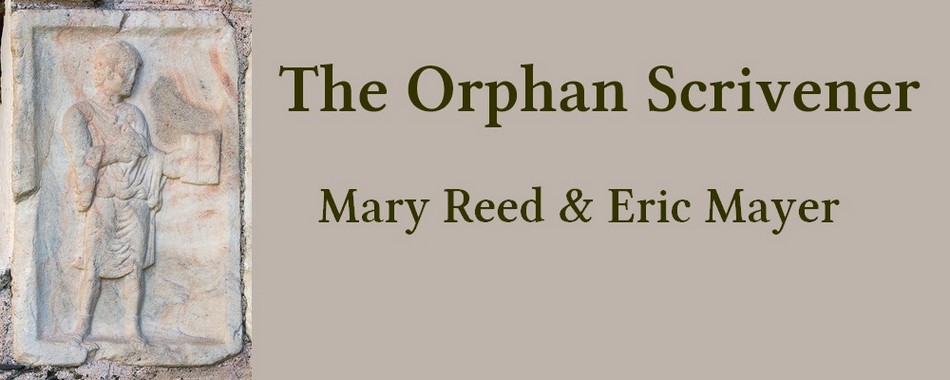ERIC'S BIT or THAT TIME I SET FIRE TO A CASTLE
Stop me if you've heard this one. A scientist drummed out of the establishment because of his crackpot theories, his former love interest, a jealous rival scientist, and a power mad government official walk into an apocalypse....
Okay, Mary and I have been watching too many low budget end-of-the-world films. Why I can't say considering how many good books there are to read, how much good music there is to listen to and, for that matter, how many much better movies we could watch. Even staring at the wall would be less irritating and only marginally less interesting. All I can say is that these lame attempts to depict Armageddon on a shoestring exercise a sort of...well...horrible fascination.
It's impossible to show something as big as an apocalypse on a tiny budget. When you try the results are disastrous. You need a nuclear holocaust, you get what looks like Missile Command for Atari 2600 circa 1981. Earthquake? Actors scream and lean side to side. Panic in the streets? (Mary's favorite) How about one overturned car and six people running back and forth? More like a picnic in the streets.
Why do the filmmakers bother with their el cheapo disasters? Aside from the fact that people like me will watch them? There are endless small, quiet stories that could be told without special effects. Maybe they would have preferred to do horror films but couldn't afford enough ketchup.
I understand the urge to reach for an artistic vision that's beyond your grasp. In the early sixties my parent saved up Green Stamps to buy a Super-8 movie camera. It didn't take me long to grasp the basics of stop motion animation. And when I say "basics" I mean very basic indeed. Granted, it was rather expensive for a youngster. Colored Plasticine was not cheap. Still it was manageable. No need for big financial backers. Back in those days you could get a nickel
refund for empty soda bottles people left lying around.
There was no CGI to worry about. No blue screens. No computer programs. The most difficult technical issue was that the clay figures I was animating quickly melted under the hot floodlight. If I wasn't careful they would appear to deteriorate as they walked around, or hit
each other, or fought with swords. So whether I was shooting Zorro or First Man on the Moon the stories all threatened to end up being versions of The Picture of Dorian Gray.
Then there was the time I wanted the hero to escape through the burning castle. You can't have an action film where the hero doesn't escape flames. But how the heck do you create flames using stop action? My solution was elegantly simple. Since the castle was drawn on cardboard I set it on fire, shot a frame, blew the fire out, repositioned my Plasticine hero, lit the fire again, shot another frame, and so forth. The effect in the finished film was interesting....
Writers are luckier than filmmakers. Mary and I filled the streets of Constantinople with thousands of rioters for about $1.35, the approximate cost of the pots of coffee we consumed at the keyboard. A writer can do anything he or she can think of. Expense be damned! Set the Bosphorus on fire? As Mary mentioned, been there, done that. Chariot races at the Hippodrome? A few lines of description and the reader will visualize the scene more perfectly than any amount of CGI. Filmmakers depend on computers to create their special effects. Writers work with the human imagination, which is far more powerful than any computer.
AND FINALLY
By now, even Methuselah would be complaining this issue of Orphan Scrivener has gone on long enough. So we'll close by reminding readers we shall appear in their in-boxes via Internet magick on August 15th.
See you then!
Mary R and Eric
who invite you to visit their home page, to be found hanging out on the virtual washing line that is the Web at http://reedmayermysteries.000webhostapp.com/ There you'll discover the
usual suspects, including more personal essays, a bibliography, and our growing libraries of links to free e-texts of classic and Golden Age mysteries, ghost stories, and tales of the supernatural. It also hosts the Orphan Scrivener archive, so don't say you weren't warned!
Meantime, our joint blog, largely devoted to reviews of Golden Age of Mystery fiction, lurks about at http://ericreedmysteries.blogspot.com/ Intrepid subscribers may also wish to know our noms des Twitter are @marymaywrite and @groggytales. Drop in some time!
